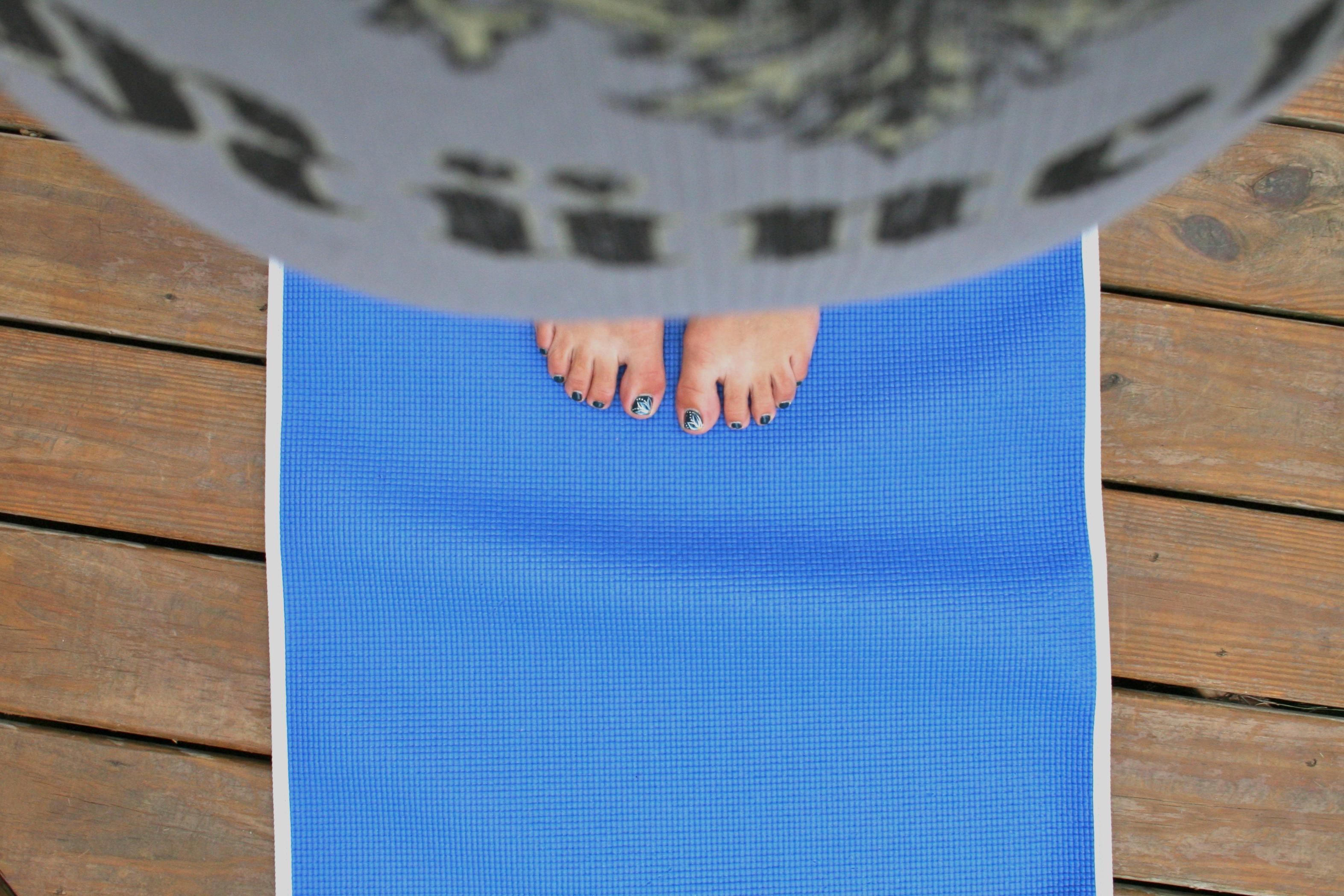In the gentle embrace of a yoga studio, where the air is infused with the soothing scent of lavender and the soft glow of candlelight dances on the walls, a group of expectant mothers move with graceful intention. Their bodies flow through poses that echo the rhythms of life, guided by the calming voice of their instructor. This serene scene is a stark contrast to the more clinical atmosphere of traditional birth preparation classes, where diagrams and detailed discussions often set the stage. As the popularity of prenatal yoga continues to rise, a question emerges from the quiet contemplation of downward dogs and deep breathing: can these peaceful practices truly replace the comprehensive education offered by conventional childbirth classes? In exploring this question, we delve into the heart of two distinct approaches to preparing for one of life’s most transformative experiences, examining their benefits, limitations, and the unique roles they play in guiding mothers-to-be through the journey of pregnancy and birth.
Exploring the Role of Prenatal Yoga in Modern Birth Preparation
In the evolving landscape of birth preparation, prenatal yoga is emerging as a compelling alternative to traditional classes. With its holistic approach, prenatal yoga offers physical, mental, and emotional benefits that align well with the needs of expectant mothers. It emphasizes gentle stretching, breathing techniques, and mindfulness, which are pivotal in managing labor pain and anxiety. Unlike conventional classes that may focus more on the technicalities of childbirth, prenatal yoga nurtures a deeper connection with the body, fostering a sense of empowerment and self-awareness.
- Flexibility and Strength: Yoga poses enhance muscle tone and flexibility, crucial for childbirth.
- Breathing Techniques: Controlled breathing can significantly aid in pain management and relaxation.
- Stress Reduction: Mindfulness practices help in reducing prenatal stress and anxiety.
- Community Support: Yoga classes often create a supportive community for sharing experiences.
While prenatal yoga provides substantial benefits, it may not entirely replace traditional birth preparation classes. These classes often cover medical aspects, interventions, and emergency procedures that yoga may not address comprehensively. Hence, a balanced approach, incorporating both prenatal yoga and traditional classes, could offer a well-rounded preparation for the birthing journey.

Comparative Insights into Yoga and Traditional Childbirth Education
In exploring the nuances between prenatal yoga and traditional childbirth education, one discovers a tapestry of complementary practices rather than a binary choice. Prenatal yoga offers a holistic approach, emphasizing physical alignment, breath control, and mental centering. It nurtures a connection between mind, body, and the developing baby, fostering a sense of tranquility and resilience. In contrast, traditional childbirth education focuses on the mechanics and physiology of childbirth, equipping expectant parents with essential knowledge about labor stages, pain management options, and postpartum care.
While prenatal yoga excels in promoting flexibility and reducing anxiety through mindful movement and relaxation techniques, childbirth education classes provide critical insights into the birthing process itself. Consider the following distinctions:
- Physical Preparedness: Yoga enhances strength and stamina; childbirth classes detail labor positions and birthing techniques.
- Emotional Support: Yoga cultivates inner peace; childbirth education offers practical support and coping strategies.
- Knowledge Acquisition: Yoga focuses on personal well-being; traditional classes provide comprehensive childbirth information.
Ultimately, integrating both practices can create a well-rounded preparation for the journey into parenthood.

Balancing Mind and Body: The Benefits of Prenatal Yoga
Embarking on the journey of motherhood brings about numerous changes, both physically and mentally. Engaging in prenatal yoga can offer a unique blend of benefits that nurture both the mind and body during this transformative period. Unlike traditional birth preparation classes that focus primarily on labor and delivery techniques, prenatal yoga provides a holistic approach that enhances overall well-being.
- Physical Benefits: Prenatal yoga helps improve flexibility, strength, and endurance, all of which are crucial during pregnancy and childbirth. It also aids in reducing common pregnancy discomforts such as back pain, nausea, and headaches.
- Mental and Emotional Well-being: Through mindfulness and breath control, prenatal yoga encourages relaxation and stress reduction, fostering a positive mindset and emotional balance. This can be particularly beneficial in managing pregnancy-related anxiety.
- Connection and Community: Attending prenatal yoga classes often creates a sense of community, providing a support network of fellow expectant mothers sharing similar experiences and challenges.
While traditional birth preparation classes are invaluable for understanding the logistics of labor and delivery, prenatal yoga offers a complementary practice that enriches the pregnancy experience by nurturing the body and calming the mind.

Expert Recommendations for Integrating Yoga into Prenatal Care
When considering the integration of yoga into prenatal care, experts emphasize the importance of blending traditional and contemporary practices. Prenatal yoga is lauded for its ability to enhance flexibility, improve breathing techniques, and promote relaxation, which are crucial during childbirth. However, it should not be seen as a direct replacement for conventional birth preparation classes but rather as a complementary approach. Here’s how experts suggest incorporating yoga into your prenatal routine:
- Consultation with Healthcare Providers: Before starting any new exercise regimen, it’s vital to discuss with your doctor or midwife to ensure it’s safe for your specific circumstances.
- Combining Practices: Attend both prenatal yoga classes and traditional birth preparation sessions to gain a comprehensive understanding of childbirth techniques and practices.
- Focus on Breathwork: Use yoga to master breathing exercises that can help manage labor pain and stress.
- Mind-Body Connection: Utilize the meditative aspects of yoga to enhance mental preparedness and emotional resilience during pregnancy.
In essence, while prenatal yoga offers a wealth of benefits, it is best used as a part of a holistic prenatal care plan that respects and includes established birth preparation methodologies.
Closing Remarks
As we gently roll up the mat and bring our exploration to a close, it’s clear that the journey of preparing for childbirth is as unique as the individuals embarking upon it. Prenatal yoga, with its calming stretches and mindful breathing, offers a serene pathway to readiness, while traditional birth preparation classes provide structured, comprehensive insights into the birthing process. Each option holds its own merits, catering to different needs and preferences.
Ultimately, the decision rests in the hands—and hearts—of expectant parents. Whether it’s the meditative flow of yoga or the detailed guidance of conventional classes, or perhaps a harmonious blend of both, the goal remains the same: to enter the transformative experience of childbirth with confidence and peace. As we exhale this final breath of inquiry, may every choice made along this journey be one that nurtures both body and spirit, paving the way for a beautiful beginning.

